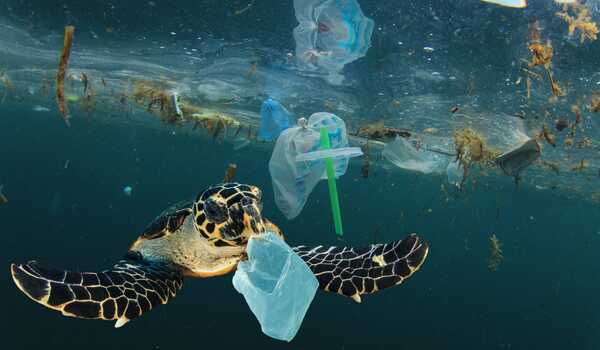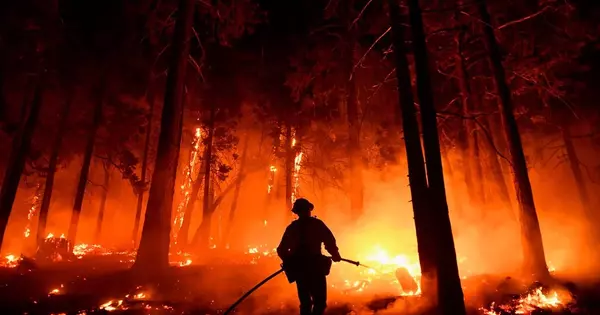High levels of plastic pollution can destroy the embryos of a variety of ocean animals, according to new research. Scientists investigated the impact of new PVC pellets (pre-production “nurdles” used to create numerous plastic products) on the growth of seven species representing all main groups (superphyla) of ocean animals.
Exposure to large quantities of PVC pellets hampered healthy development in all seven species. The key process affected was morphogenesis, which is when an organism develops its shape; shapeless embryos cannot survive.
The study, conducted by an international team coordinated by the Stazione Zoologica Anton Dohrn (Italy) and the University of Exeter (UK), focuses on the “potentially catastrophic effects” of rising ocean plastic levels.
The level of pollution we examined would only be seen in circumstances such as a spill of PVC pellets. We know these happen. For example, millions of pellets were spilled from a cargo ship off Portugal in January. Rivers and beaches near petrochemical plants have also been found to contain very high levels of pre-production pellets.
Dr Jimenez-Guri
“When exposed to high levels of new PVC pellets, the species we examined went wrong in different ways,” stated first author Dr. Eva Jimenez-Guri. “others failed to produce a shell or a notocord, others failed to form adequate bilateral (left-right) characteristics, and some just stopped growing after a few rounds of cell division. “They all failed to produce a viable embryo.”
The study also included three species that reproduce asexually by regeneration (splitting), which were found to be influenced by high quantities of fresh PVC pellets.
“The level of pollution we examined would only be seen in circumstances such as a spill of PVC pellets,” Dr Jimenez-Guri said. “We know these happen. For example, millions of pellets were spilled from a cargo ship off Portugal in January. Rivers and beaches near petrochemical plants have also been found to contain very high levels of pre-production pellets.”

The European Union is now debating measures to reduce the release of pre-production plastic pellets. The study also looked at the harmful impacts of plastic samples collected from beaches. While the impacts were not as broad as those of fresh PVC pellets, high amounts were found to disrupt the development of molluscs, sea urchins, sea stars, and sea squirts. Coasts and rivers are well-known hotspots for plastic pollution, and because all of the species studied dwell on the shore, severe pollution might have a significant impact.
“If you have extreme pollution at a time when these species are reproducing, then you don’t have the next generation of those species,” the scientist explained. Dr. Jimenez-Guri explained how plastics induce developmental defects, stating that plastics contain a vast array of potentially dangerous components, including zinc in this case, that are progressively released once in the water.
She continued, “If we reach these extreme levels of plastic pollution along our shores — which happens in isolated situations but is luckily uncommon at the moment — many species may become unable to breed, with significant consequences for marine life, the wider environment, and people. We need to take immediate action to limit the amount of plastic entering the ocean.
















